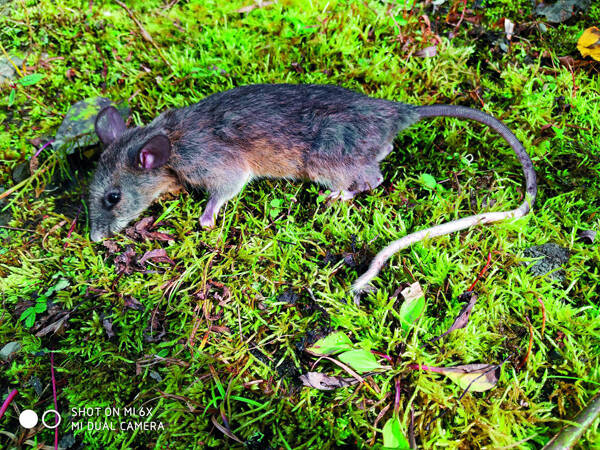
The species status of Andersen's white-bellied rat is stable, with three subspecies differentiation. In molecular systematics, it forms three obvious branches, but the boundaries of the branches are unclear and there is no one-to-one correspondence between the three subspecies.This species has b...
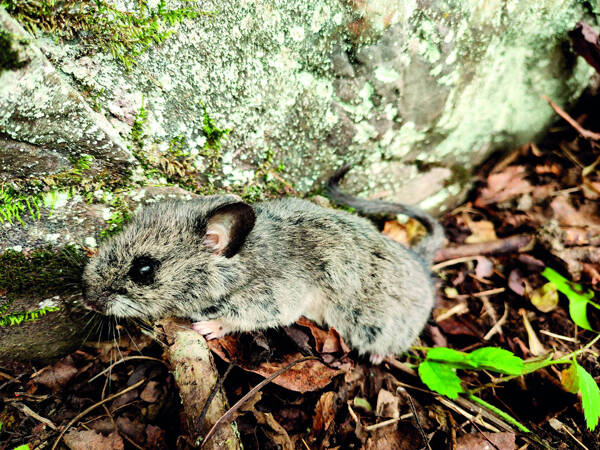
The taxonomic status of Gansu hamster is controversial. Some scholars regard Gansu hamster as an independent genus and species, some scholars regard it as an independent species of the giant hamster genus (<Tscherskia>); some scholars regard it as a subspecies of the giant hamster (<Tschers...
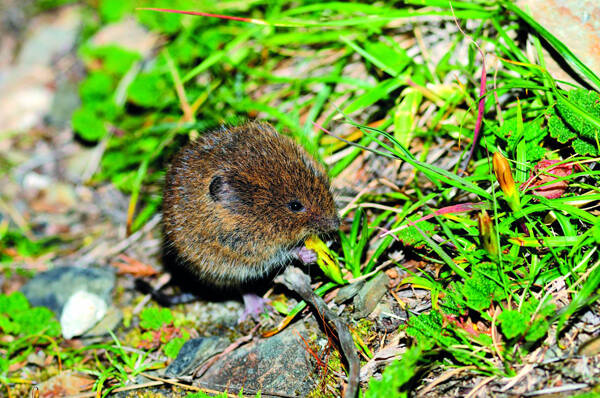
The taxonomic status of Taiwan vole is stable, but the genus-level taxonomic unit has been controversial. Many scientists put this species in the genus Vole, while some scientists have put it in the genus Vole (<Volemys>). Molecular systematic studies have confirmed that this taxonomic unit be...
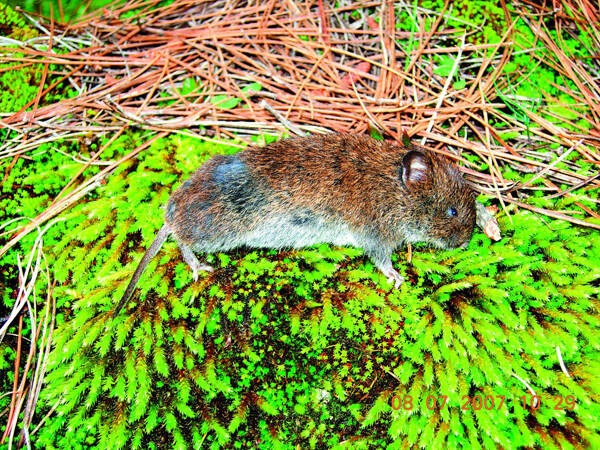
The Lijiang woolly mouse belongs to the genus Eothenomys. The species status is unstable and controversial. The type locality is Lijiang, Yunnan. Some scientists regard it as a synonym of the black-bellied woolly mouse (<Eothenomys melanogaster>), and some scientists regard it as a synonym of...

Asbestos woolly rat is a new species published by Liu Shaoying et al. in 2018, and its type locality is located in Shimian County, Sichuan. In the phylogenetic tree constructed based on the mitochondrial genome, asbestos woolly rat and Kachin woolly rat constitute sister groups, and in the phylogene...
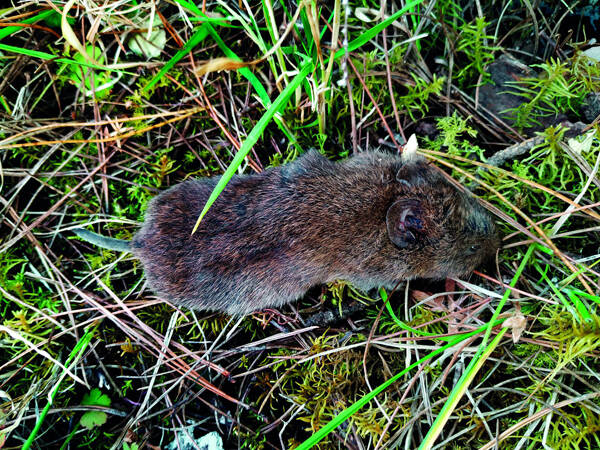
The southwestern woolly rat belongs to the subgenus <Anteliomys> of the genus <Anteliomys>, and its species-level status is stable. There are currently 4 subspecies under the species, all distributed in Yunnan. The nominate subspecies <E. c. custos> (Thomas, 1912), the type localit...
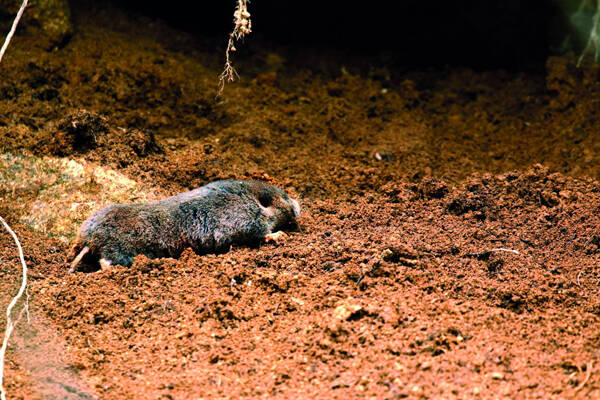
The classification status of Qinling zokor at both genus and species levels is controversial. At the genus level, some scholars regard it as the subgenus Myospalax of the genus Myospalax, while some believe that the subgenus Myospalax is an independent genus. At the species level, many people regard...
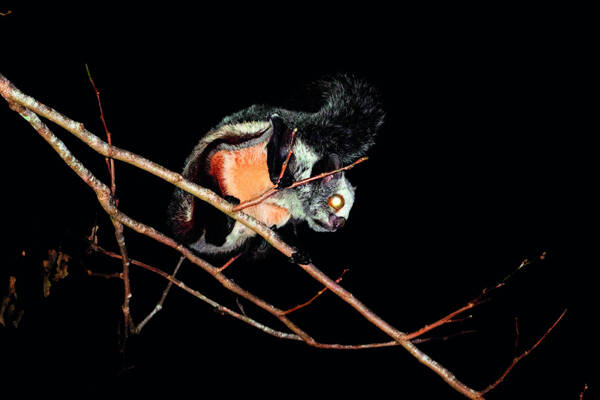
Frost-backed flying squirrels live in tropical and subtropical areas, mostly choosing dense tall tree forests. They build nests in tree crowns or tree holes. Their food mainly consists of fruits, seeds, tender branches and leaves of plants, and they also eat insects.Listed in the "List of Terre...
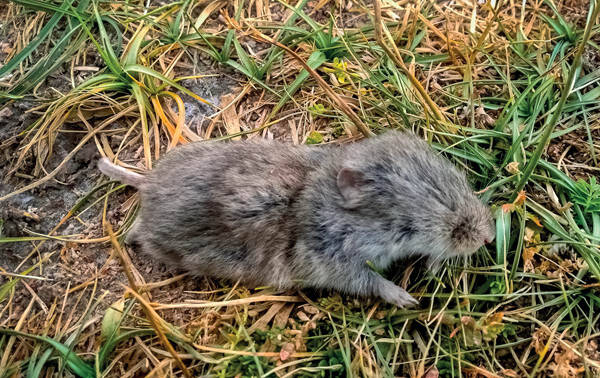
The Pamir pine vole (Pitymys juldaschi (Severtzov, 1879)) is an animal of the genus Pitymys of the family Cricetidae. The species is native to the shore of Karakul Lake in Kashgar, my country, and belongs to the subfamily Arvicolinae. The classification is quite confusing. It was previously included...
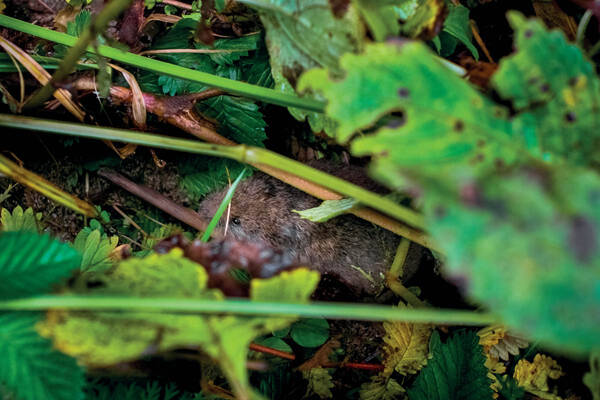
Sikkim pine voles belong to the subfamily Arvicolinae. It is the model species of the genus Arvicolinae. The taxonomic status of this species is stable, and there is no subspecies differentiation. All members of the genus Arvicolinae are distributed in the Qinghai-Tibet Plateau. They are a group tha...
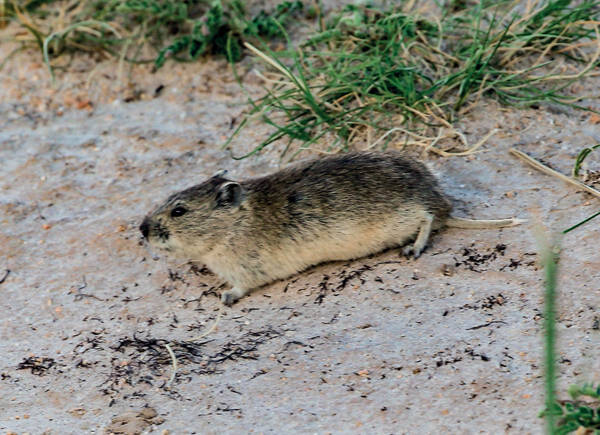
Qinghai pine vole belongs to the subfamily Arvicolinae and is a larger species in the genus Arvicolinae. It is brownish yellow in color, which is different from other species. It lives in typical semi-desert grasslands and is a carrier of plague virus. The taxonomic status of this species has long b...
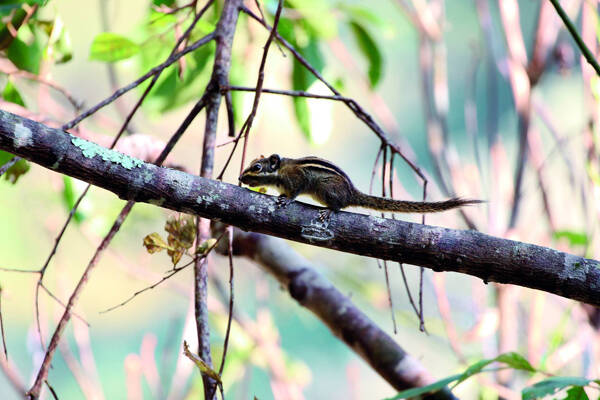
The chipmunk lives in subtropical and temperate evergreen broad-leaved forests, coniferous forests and bushes near farmland. It usually builds nests in tree holes, tree branches or cracks on cliffs. It is active frequently at dawn and dusk. The food is mainly plant fruits, young shoots, seeds, and i...